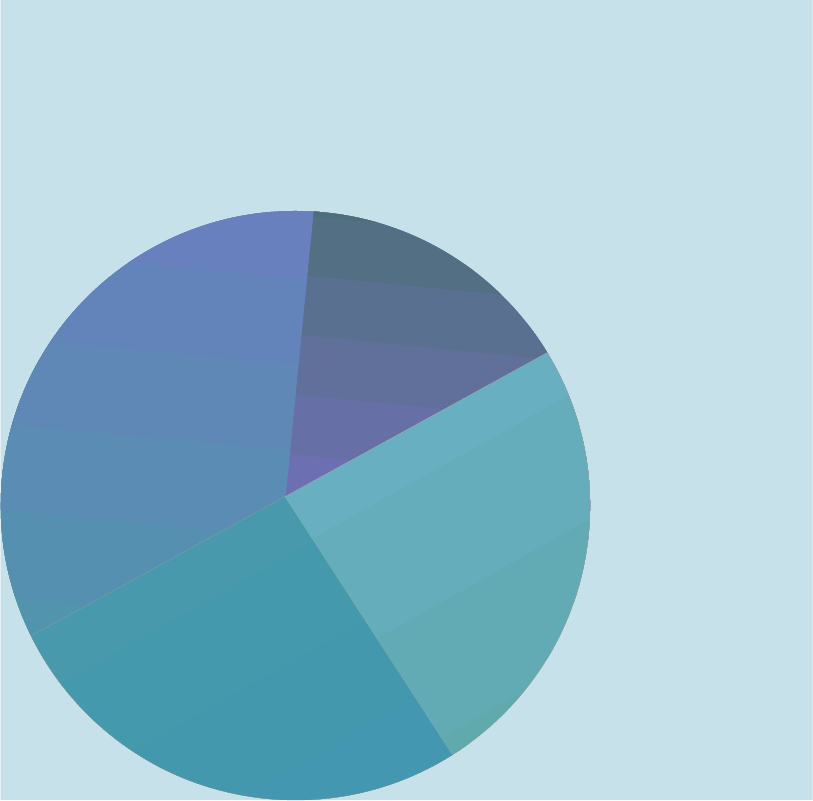Setting up a data governance program for your organization can seem like a daunting task. With the amount of data collected nowadays, and the various forms and places it sits in, the fear is understandable.
Let’s go through four steps you can take to turn this seemingly impossible task into a rewarding journey.
- Understand your internal data structure
- Leverage AI-driven data interpretation and metadata management
- Govern your data with smart policy management
- Bring it all together with a data governance playbook
After you have your framework in place and the buy-in from relevant stakeholders for your data governance program, it’s time to set it up.
1. Understand your internal data structure
The first step to setting up your data governance program is understanding your data. Discover where your data sits throughout your organization, the different types of data you collect both internally and externally, and who interacts with your data.
Once you start to fill in the blanks of the data across your organization, it’ll provide the building blocks to create a data governance program that works for your situation.
2. Leverage AI-driven data interpretation and metadata management
Automation is a powerful tool. Use it to take your data out of silos and create a centralized, easily searchable data catalog. From here you can apply business rules and assess data quality.
Use the business processes and data flows you mapped in step one as rules when defining how data should flow throughout your organization. Identify everyday tasks, such as data access requests (internal, external), data sharing, and data storage.
Once you’ve determined these primary and secondary tiers of data movement in your organization, set up automated workflows to take your data governance program to a new level of efficiency and ease of use, for your employees and your customers.
3. Govern your data with smart policy management
After defining key data policies for your organization that cover key rules (access, retention, storage, minimization, and protection), use these policies to flag violations across your data environment.
This ensures a set of controls for your data governance programs. There’s no point in having data governance processes without a way to enforce them across your organization.
Appointing the right people to oversee these controls across various departments which interact with different types of data is also a process that should have some thought behind it, rather than shipping the entire responsibility off to IT.
Not all data is created equal, and the controls in place to enforce the policies should reflect that.
4. Bring it all together with a data governance playbook
Now that you’ve got your data structure, processes, and policies to enforce your standards in place, it’s time to bring it all together.
Combine all this information into a clearly defined playbook for your organization, that classifies the processes and policies for different tiers of data (ranked by sensitivity) and lays out plans of action in case of breaches or other scenarios.
This is the best way to avoid confusion regarding data incidents, keeping all your employees on the same page. It also ensures that your customers don’t have to deal with confusion on their end regarding what’s going on at the back end, with clear communication on how their data is processed.
Building a data governance program is an ever-evolving process as the nature of data, its uses, and its surrounding rules and regulations continue to grow exponentially.
The maturity journey of your data governance program starts with simplifying regulatory compliance, slowly evolves to enabling data intelligence and governance, and allows for responsible AI, ensuring data ethics.
As your data governance playbook matures along the way, your processes and policies will end up reflecting this journey, moving from a regulatory checklist to a dynamic data ecosystem.

















